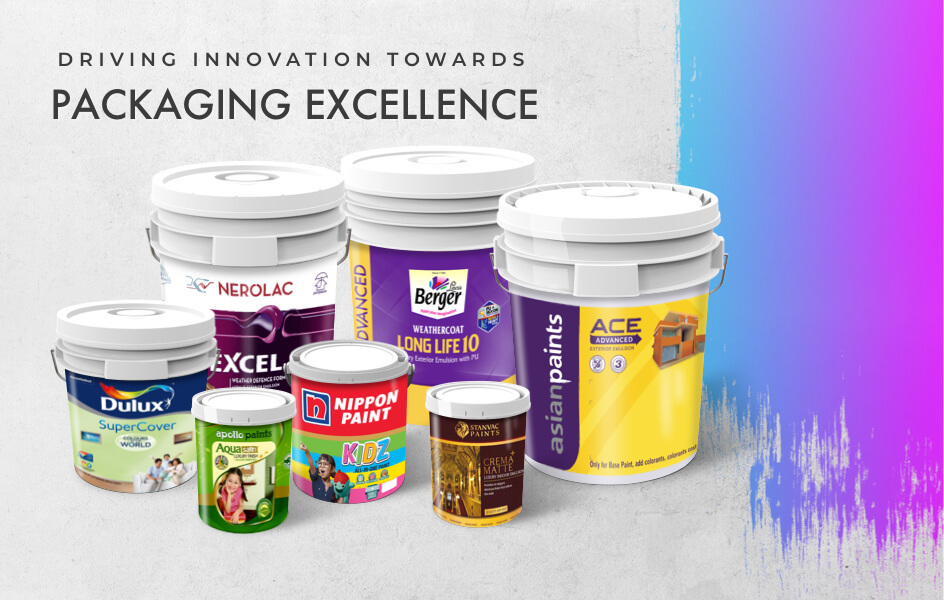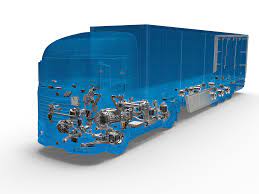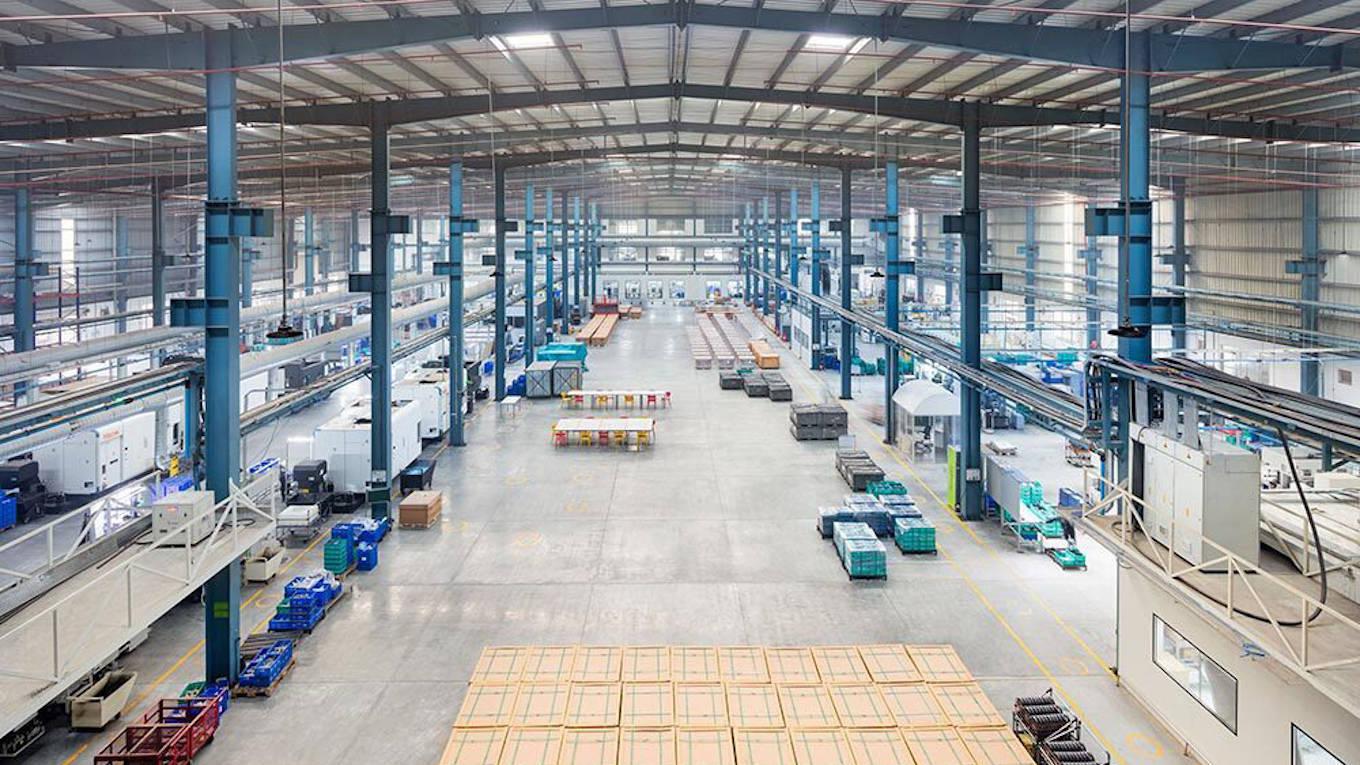Business model:
Zomato operates in 4 business areas:
a. Delivery – Constitutes 80% to 85% of the revenues – 1100 Crores in 2021 – Earns money on commissions + Advertisement (All delivery charges, taxes, tips etc are passed on to their delivery partners) :- Nett revenues = Commisions + Advertisement – Discounts
b. Dine out – In 2020, 8064 restaurants paid for advertisements. No monetization yet on booking tables/ cover orders etc.
c. Hyper pure – Supply chain for restaurants – 200 Crore revenues in FY21 from 6000 clients
d. Zomato Pro – 1.4 Million pro members and 25000 restaurants
v The unique proposition for Zomato is that it is a 1 stop shop for all restaurant food – provides delivery services, restaurant reviews & user feedback, book tables and get all the restaurant information (even information like pets allowed/ valet parking availability etc)
v Present in 526 cities with 3.5Lakh restaurant listings of which 1.2 Lakh use their delivery services.
v Also, the review and dine in provides significant traffic to their app which helps them get more customers. Most downloaded food app since 2018.
v Zomato also provides lots of AI support to its hotels which help them better manage inventory, ordering, menu details and improve their business.
v Also, Zomato business model is more focused on restaurants as their stake holder as most services are restaurant centric. Swiggy on the other hand is more customer focused.
v Zomato provides analytic dashboards and information to hotels (something which may be useful for restaurants and given the economies of scale for Zomato – restaurants may continue using those services then setting up their own delivery fleet/ analytics)
v Zomato has invested heavily in AI which helps its delivery partners to service faster and more economically (By identifying the right locations and demand traffic).
Zomato main subsidiaries:
v Zomato entertainment private limited for organizing events
v Zomato internet private limited – Hyperpure (supply chain support for restaurants)
v Zomato local services private limited – Delivery
v Carthero – Formerly Ryder which used to provide delivery services was acquired by Zomato but was later closed down – currently no business
v Tonguestun – Outdoor catering
v Zomato foods private limited – Research and development in foods
v Jogo tech – Sports company – don’t see any synergies (No website either) – Acquired for 25 crore INR.
Industry:
v India GDP of $3 trillion, of which 25% is food ($750B); of which outside food is 10% à $75B
v Currently online ordering is around 5 to 6% à $4B; 30000 Crores
v Current Zomato share of market is 13000 Crores approx.
In future, the growth can happen due to the following:
v Increase in online food ordering : 6% order food online in India vs China 53% and US 38% (Note here that the food services market in India is 62% unorganized and hence max market size that Zomato can look at is just maximum of 38%)
v Increase in market share of Zomato : Around 45% currently
v Increase in GDP and other macro economic parameters (expected GDP in 2025 to be around $4.4Trillion)
v Zomato generates 30Mn order per month currently (HSBC believes that the total addressable market for Zomato is 350Mn orders per month by 2025 : This is based on 330 Mn Indian households of which 50% are urban of which 50% will use food delivery and will place 5 orders per month)
Gross order value, Take rates & average order value, Customer size:
(Note – numbers in 2021 are for 9 months till December and also includes almost 2 months of lockdown at the beginning of the year)
v Zomato take rate (Margin on every rupee of Gross order value is 22%) – This is higher than most mature markets which are around 12 to 15%. Also Delivery charge is 6% à Zomato gets 15% approx. per order.
v FY 20:
· Zomato average order value in 2020 was 290 Rupees
· Order count in 2020 was 403 Mn (10.7M customers ordering avg 3 times a month)
· Total GOV in 2020 was 290 Rupees * 403 Mn à 120000 Mn
v FY 21
· Zomato average order value in 2021 was (driven by lockdowns as well) 400 Rupees
· Order count in 2021 was 155 Mn
· Total GOV in 2021 was 62000 Mn
v GOV in Q3, FY21 is their best ever at around 30000 Mn
v Market cap expected is 60000 Crores
v Hence market cap to GOV is nearly 5. Most of the other food delivery companies trade in the range of 1 to 2 Market cap to GOV.
Competitive advantages:
v The unique proposition for Zomato is that it is a 1 stop shop for all restaurant food – provides delivery services, restaurant reviews & user feedback, book tables and get all the restaurant information (even information like pets allowed/ valet parking availability etc)
v Also, review & dine in provides significant traffic to the app which helps them get more customers. Most downloaded food app since 2018. They call it flywheel effect – More users à More reviews à More content à More users. à More engagement à More usage à More revenues à Lesser cost per customer. They acquired 70% customers without paid advertisements.
v Zomato also provides lots of AI support to its hotels which help them better manage inventory, ordering, menu details and improve their business.
v Zomato provides analytic dashboards and information to hotels (something which may be useful for restaurants and given the economies of scale for Zomato – restaurants may continue using those services then setting up their own delivery fleet/ analytics)
v Zomato has invested heavily in AI which helps its delivery partners to service faster and more economically (By identifying the right locations and demand traffic).
v Zomato follows a hyper local framework – as food is a perishable and not easily transportable commodity : hence they use AI to make the turn around fast and deliver in less time (average order delivery since fulfilment of order is less than 30 mins)
v They say their dashboards for customers/ restaurants/ delivery agents are all very easy to use and intuitive.
Competitor Landscape:
v Direct competition – Swiggy in online food delivery and other products delivery
v Restaurants who have their own delivery like Macds, Dominos etc. (Currently only 6% of revenues for Zomato come from branded and chain restaurants; so remaining 94% doesn’t have this compete)
v National restaurant authority of India planning to enter market which has 5 Lakh users
v Amazon planning to enter the market and has set up a pilot in Bangalore. The discounts offered by Amazon currently are similar to Zomato/ Swiggy.
v The industry has low entry barriers but economies of scale are required for the business to be profitable as the overheads and marketing expenses are significant as compared to delivery charges.
v Customers have decent bargaining power but there has been significant increase in customer acceptance of the convenience of delivery and hence that may stay.
Risks:
v Historical growth rates may not be sustained
v Loss making yet and still to turn around
v Covid and lockdowns
v Strong dependence on brand and media coverage
v Negative operating cash flows in all previous years
v Data policy overhaul by government of India (National digital communications policy 2018)
Financials:
v ROE is -10.4%
v Revenue : 1993 Crores
v Loss before tax is 815 Crore
v Per order contribution of -30 in FY20 and is now +23 in FY21 and also +19 in 3Q FY21
v No dividend policy in place currently
Shareholding:
v Currently highest share holder is Info Edge is 18.6% ; followed by Uber at 9%, Alipay and Ant Fin at 8.5%
v Pre – IPO shares held were 210 Crore shares (at 75 rupee valuation) à 50000 Crores
v IPO price : 72 to 76
v Raising 8250 Crores (7500 Crores of fresh capital and 750 Crores of Info edge stake sale)
v Use this funds for both organic and inorganic growth. Inorganic will be atleast 45% of the funds.
v Net market cap will be around 58000 Crores at IPO upper end.
Balance sheet insights:
Total assets are INR 70000 M in 2021 and INR 30000 M in 2020.
v Liquid investments in the balance sheet of INR 47000 M (Mostly in liquid debt – FDs, Debt funds)
v IPO will generate additional cash
v Equity increased from 5k to 59k from March 2020 to December 2020 mainly driven by additional fund raising
v Trade payables > Trade receivables
v Net debt free
v Huge goodwill increase from 1884 Mn to 12092Mn in 2019-2020 driven by Uber acquisition
v INR 60000 M of the INR 70000 M assets are goodwill and investments
P/L insights and cash flow:
v Revenue considers only the percentage of GOV which is earned by Zomato (effectively take rate* GOV + other business revenues)
v Revenue in 2020 was INR 26k M; 2021 (9months) was 13k M.
v For FY21: Employee costs at 5.5k M and other expenses (which include marketing at 3k Million, outsourced support – fixed fees of delivery partners at 3k Million) are 9.4k M. Other expenses which include depreciation and exceptional items are 4k, leading to a net loss of 7k M (If we consider that the exceptional items and depreciation may reduce); there is a good chance of this becoming net positive)
v For FY20: The expenses were very high at 40k Million for advertising (13k Million) and outsource support (20k Million) and employee benefits at 8k. The sudden significant reduction in outsource support from FY20 to FY21 looks a bit non sustainable though and hence can come back up going forward.
v Overall Nett loss of 23k Million in 2020 and 7k Million in 2021 (9 months)
v Negative operating cash flow
v EPS of -1.27 in 2021 (9M) and -5.09 in 2020.
Other information:
v Zomato had expanded to 23 odd international countries and has closed down all business which has led to significant past losses
v Zomato invested in Jogo tech which is looking like an unrelated venture and provided them shares worth 25 Crore INR
v Zomato offered 6700 shares bonus for 1 share in 2020
v Industry GOV growth was 3.6 times in 3 years whereas Zomato GOV growth was 7.2 times
The views are all based on my research and analysis and is not an official view of any company on investing


